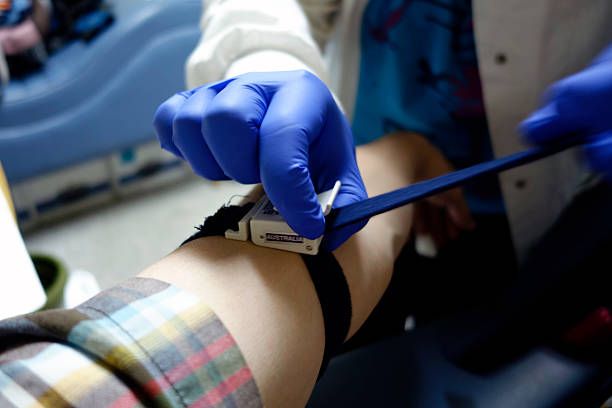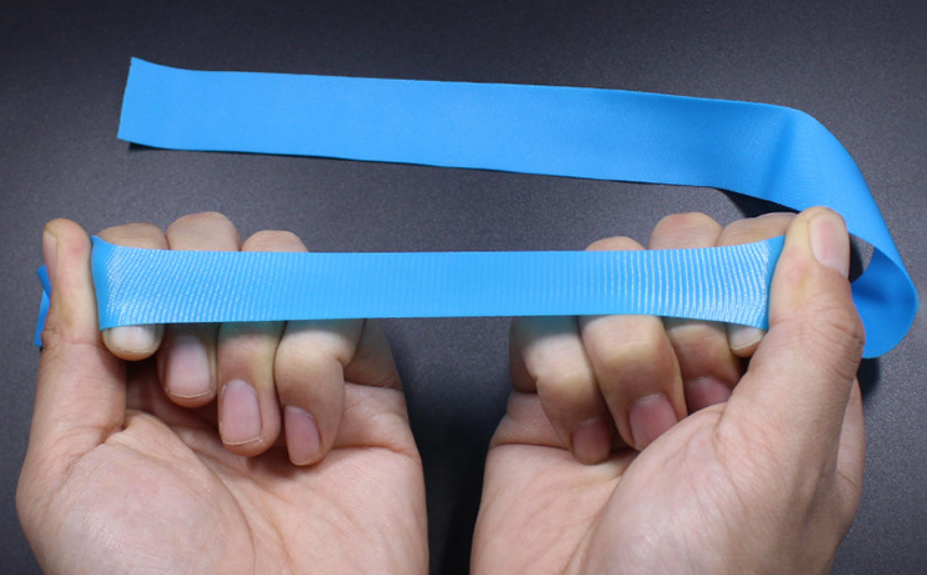
GET A QUOTE
What You Need to Know about Tourniquets?
Understanding Tourniquets
Purpose of Tourniquets in Controlling Bleeding
Tourniquets play a crucial role in controlling severe bleeding by halting the flow of blood to a wounded area. In emergency situations where traditional methods may be ineffective, tourniquets provide a rapid and effective means of hemorrhage control. By constricting the blood vessels, tourniquets help prevent further blood loss, thereby increasing the chances of survival for the casualty.
Different Types of Tourniquets
Tourniquets come in various types, each designed to suit different needs and scenarios. Tactical tourniquets, commonly used in military and law enforcement settings, prioritize durability and ease of application. Improvised tourniquets, on the other hand, are makeshift devices crafted from available materials in emergency situations where medical supplies are scarce. Medical-grade tourniquets adhere to strict standards and are specifically manufactured for clinical use, ensuring reliability and safety in medical settings.
Significance of Proper Tourniquet Selection
Selecting the right tourniquet is critical for ensuring optimal performance and patient safety. Factors such as the type and severity of the injury, as well as the patient's medical condition, must be taken into consideration when choosing a tourniquet. Proper selection and application techniques are essential to maximize the effectiveness of tourniquets and minimize the risk of complications. Whether in the field or in a clinical setting, the choice of tourniquet can make a significant difference in the outcome of emergency situations.
When and How to Use a Tourniquet
Indications for Tourniquet Application
Tourniquets are warranted in situations of severe bleeding where conventional methods fail to stem the flow. These include traumatic injuries, amputations, or accidents causing profuse hemorrhaging. Recognizing the urgency of such situations is paramount for prompt intervention.
Step-by-Step Guide on Applying a Tourniquet
Proper application of a tourniquet can be a lifesaving skill. Begin by placing the tourniquet two inches above the wound, ensuring it's tight enough to halt blood flow without causing undue discomfort. Secure the device firmly and note the time of application for medical reference. Familiarizing oneself with these steps can make all the difference in emergency situations.
Importance of Correct Placement and Tightening
The effectiveness of a tourniquet hinges on its precise placement and adequate tightening. Placing it too close or too far from the wound may compromise its efficacy. Likewise, insufficient tightening may fail to halt bleeding, while excessive pressure can lead to tissue damage. Striking the right balance is critical for optimal outcomes.
Safety Measures and Risks Associated with Tourniquets
Importance of Proper Training in Tourniquet Application
While tourniquets are invaluable tools in emergency medicine, their misuse can exacerbate injuries. Adequate training ensures that individuals can apply tourniquets effectively without causing harm. Investing time in learning proper techniques can empower individuals to act confidently in high-stress situations.
Potential Risks and Complications of Tourniquet Use
Despite their life-saving potential, tourniquets are not without risks. Prolonged application or improper use may result in tissue damage, nerve injury, or ischemia. Understanding these risks underscores the importance of cautious and judicious tourniquet application.
Strategies for Mitigating Risks and Ensuring Patient Safety
Mitigating risks associated with tourniquet use requires a multifaceted approach. This includes regular training sessions to reinforce proper application techniques, periodic equipment checks to ensure functionality, and continuous monitoring of patients post-application. By adopting these strategies, healthcare providers can minimize adverse outcomes and prioritize patient safety.
Tourniquets in Different Settings and Industries

Utilization of Tourniquets by First Responders and Medical Professionals
First responders and medical professionals rely on tourniquets as essential tools in their emergency response arsenal. Whether at the scene of an accident or in a clinical setting, tourniquets play a pivotal role in controlling bleeding and stabilizing patients. Their quick and effective application can make a crucial difference in saving lives.
Tourniquet Usage in High-Risk Industries
High-risk industries such as construction, mining, and manufacturing recognize the importance of tourniquets in addressing workplace injuries. The nature of these environments exposes workers to potential hazards like machinery accidents or falling debris, increasing the risk of severe bleeding. As such, integrating tourniquets into workplace safety protocols is imperative to minimize the impact of injuries and promote swift intervention.
Application of Tourniquets in Recreational Activities and Contact Sports
Beyond professional settings, tourniquets find utility in recreational activities and contact sports where injuries are not uncommon. Activities like hiking, rock climbing, or team sports entail inherent risks of trauma, including lacerations or fractures. Having access to tourniquets and the knowledge of their proper use can empower participants to respond effectively to injuries and mitigate further complications.
Regulatory Standards and Recommendations for Tourniquet Use
Overview of Industry Standards such as CSA and WSIB Guidelines
Industry standards such as those established by the Canadian Standards Association (CSA) and the Workplace Safety and Insurance Board (WSIB) provide guidelines for tourniquet use in various settings. These standards outline best practices for tourniquet selection, application, and maintenance, ensuring uniformity and efficacy across industries.
Legal Requirements and Obligations Regarding Tourniquet Provision in Workplaces
Legislation mandates the provision of first aid equipment, including tourniquets, in workplaces to safeguard employee health and safety. Employers have a legal obligation to comply with these requirements and ensure adequate tourniquet availability in high-risk environments. Failure to adhere to these regulations can result in penalties and liabilities for employers.
Importance of Compliance with Safety Regulations
Compliance with safety regulations regarding tourniquet use is paramount for fostering a safe and secure work environment. Employers must prioritize employee training in tourniquet application and regularly assess workplace hazards to mitigate injury risks effectively. By adhering to safety regulations, organizations demonstrate their commitment to employee welfare and mitigate the potential consequences of workplace accidents.
Conclusion
For further information on tourniquets and other medical supplies, we invite you to explore RISEN MEDICAL's comprehensive range of products. Whether you're a healthcare professional, first responder, or individual seeking to enhance your emergency preparedness, we have the tools you need to respond effectively to critical situations. Together, let's prioritize safety, preparedness, and life-saving interventions.

